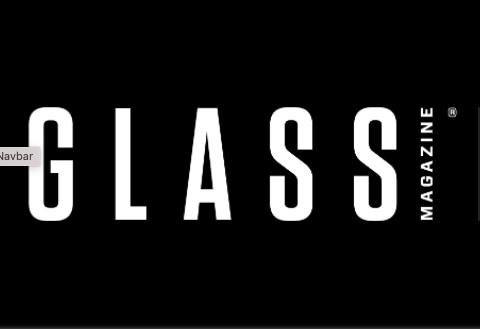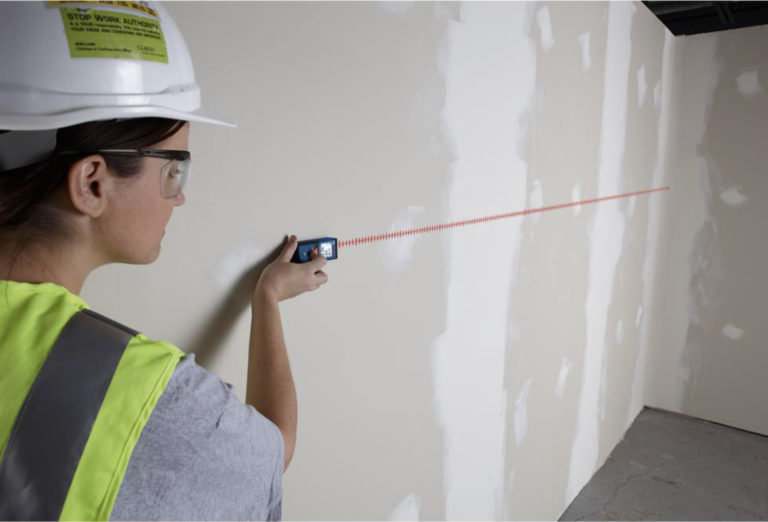Pushing the Boundaries of Glass
Unconventional Glass Projects
The part of project consultations that I enjoy most is meeting people. I also love the challenge of seeing the project through their eyes, and then helping them to develop it. There is an opportunity to make their idea a reality, and as an innovator, that appeals to me.
Many times, the customer has no actual concept of what is possible to accomplish using glass. They may have a vague idea of what they want, but no plan for how to get there. On the other hand, they may have specific ideas that are way outside conventional norms. Those are the ones that I like best!
Thinking Outside the Box
We often hear the phrase “out-of-the-box” being used, but what does that mean when it comes to a glass project? It is important to be creative and to keep things interesting. Still, when it comes to working with glass there are always safety concerns that need to be considered. We are limited, unfortunately, by what is going to work mechanically. Often the products that we install are engineered to provide protection for people, in whole or in part. The real challenge is to provide a glass product that will perform the needed function and look fantastic doing it.
Learn the Rules First
Naturally, we want to give customers what they want, but it is also important to give them something that is practical, and most of all, safe. In order to develop new products and systems that are unconventional, we first need to be well-versed in what is conventional. Albert Eisenstein famously said “You have to learn the rules of the game. And then you have to play better than anyone else.” Another saying goes “Learn the rules… and then break them!” The bottom line is that, in order to be out-of-the-box you must first know what is in the box, and how to function there. Otherwise, how do you really know if your idea is a game-changer or not?
In his book “The Power of Habit” Charles Duhigg writes about the properties that a new product needs in order the succeed. There must be a balance of familiarity and novelty for a new idea to take hold. If the innovation is too novel or too familiar, people will have a difficult time seeing their need for it. The new product should look and feel like products they are already using to some degree. This is the reason why improvements to existing products are more easily received than new ones. In any case, the first step for a trailblazer is to gain a good grasp of what is already being done. Then it will be possible to move the ball down the field. I would love to hear your thoughts…








